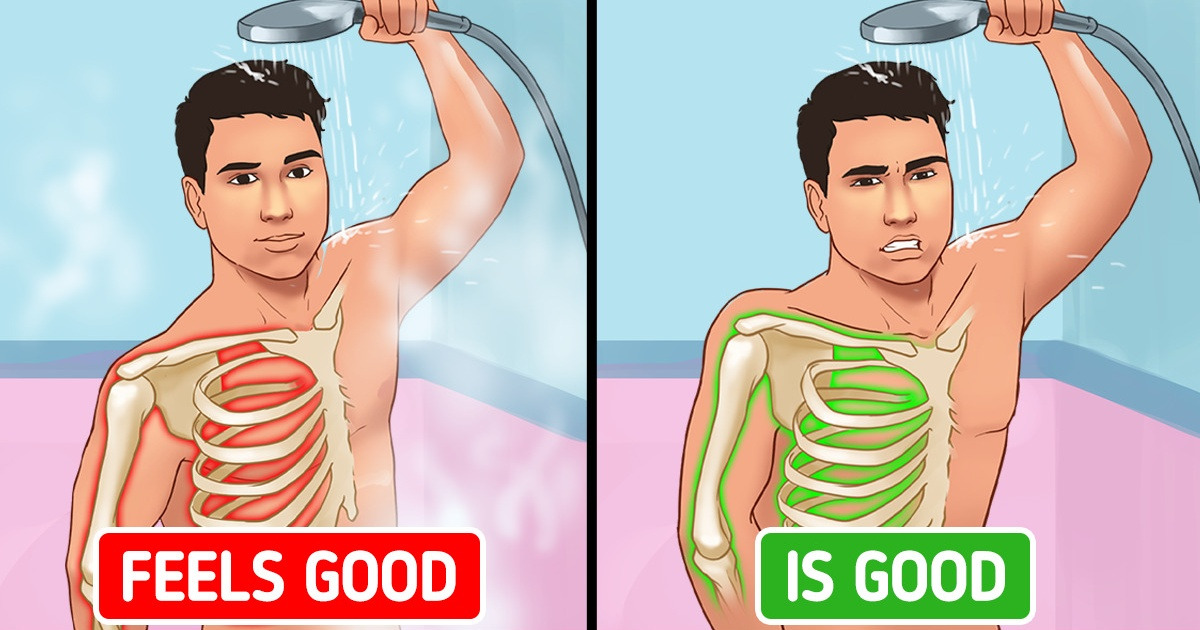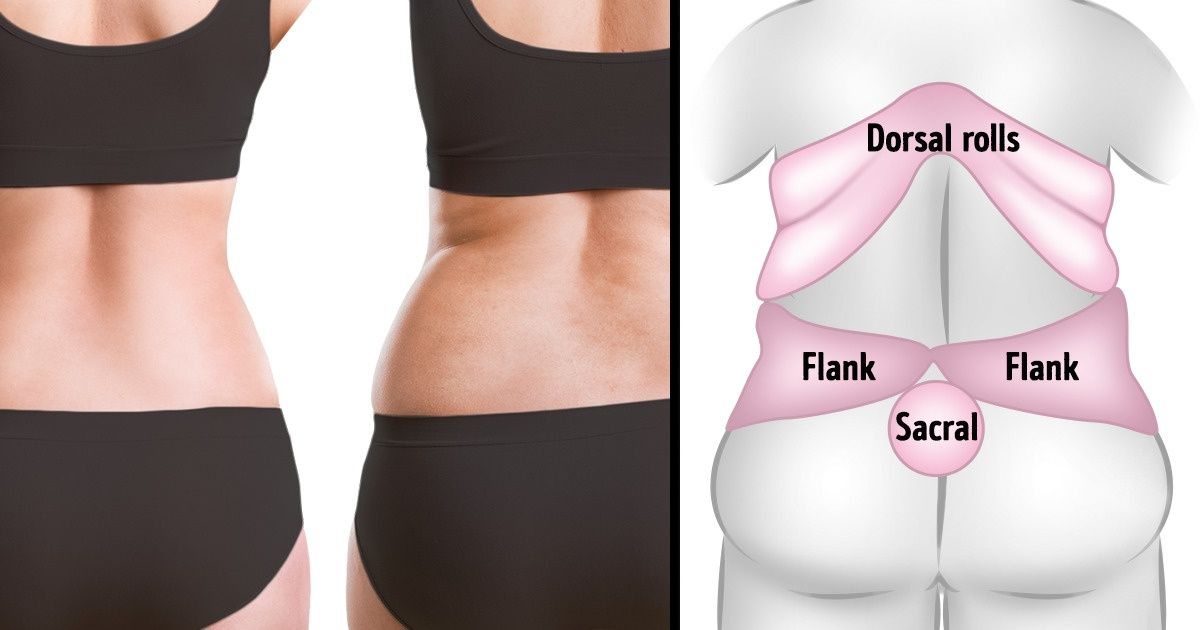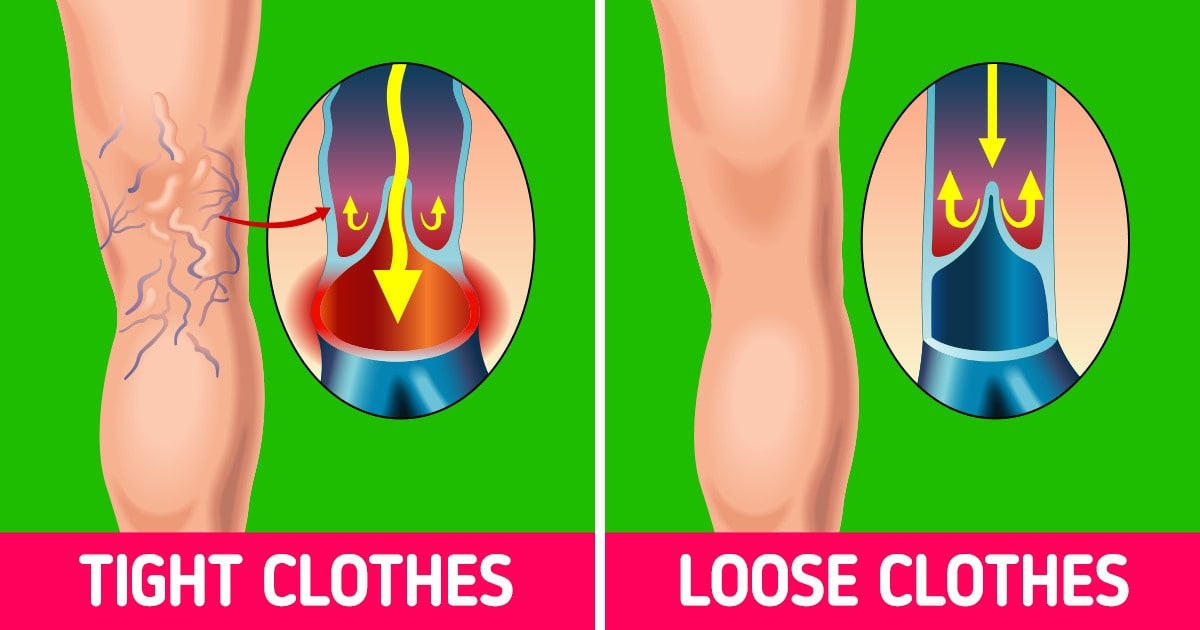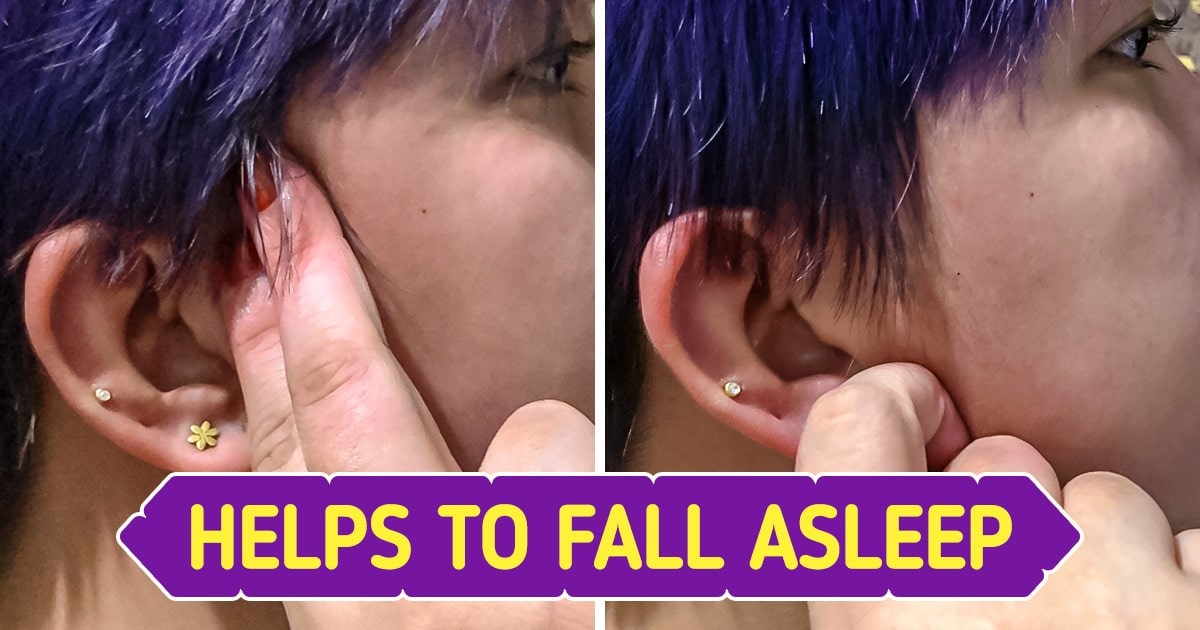Whether it’s soaked in the rain or just sweating with tight shorts, Chafing has taken us by surprise many times. Chafing refers to rashes that develop on the skin as a result of Chafing. Want to know more about diaper rash and natural remedies to treat it? Keep reading
What is Chafing Rash?
Chafing is a very common skin problem. You may have noticed that prolonged scratching of the skin due to irritating tissue, Chafing or moisture causes the skin to itch and itch. This results in eruptions, which are called Chafing eruptions.
Excessive scratches on the skin can cause the following signs and symptoms.
Signs and symptoms of Chafing.
Chafing is usually characterized by the appearance of the rash. These rashes can be:
- Sergeant
- Red and inflamed
- Burning or stinging
The most severe cases of abrasions can cause:
- Swell
- Cortex
- To bleed
Chafing rashes have more to do with rubbing body parts with each other or against clothing. And that brings us to the factors that cause the rash.
Causes and risk factors of Chafing.
Chafing occurs mainly when:
- Your skin rubs against itself, especially when it is wet.
- The fiber of your clothes is irritating and your skin brushes the fabric.
- Your skin or clothes are wet.
Some factors may increase the risk of Chafing. They are:
- Participation in endurance sports such as cycling and running.
- Athletics
- Obesity
- Breastfeeding
- Using dirty diapers for a long time: this is especially true for babies and older adults who wear diapers.
- Wear a skirt: without pants or tights to protect your legs, your thighs can rub against each other and develop skin irritations.
- Wearing inappropriate clothing: when a loose piece rubs the skin, it can cause a rash.
All said and done, we need to know how to treat (and prevent) skin irritations. Let’s see how.
Home remedies to treat Chafed Skin
- Aloe Vera
- Olive Oil
- Essential Oils
- Vaseline
- Coconut Oil
- Epsom Salt Bath
- Oatmeal Bath
- Turmeric
- Indian Lilac
- Cold Compress
- Cornstarch
- Baking Soda
- Apple Cider Vinegar
- Vitamins
#1. Aloe Vera
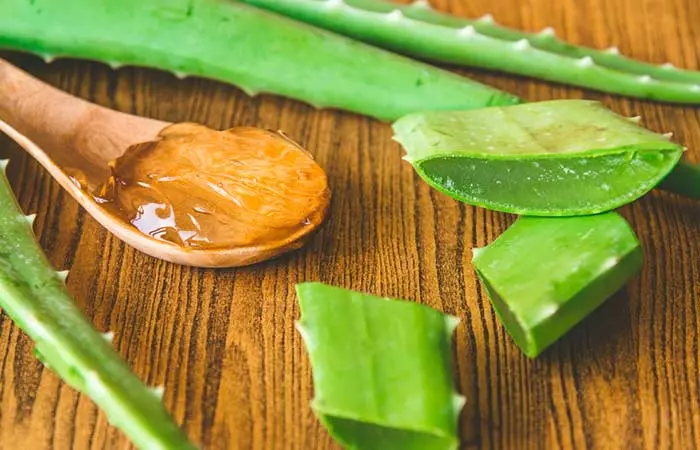
You will need to
- 1 tablespoon of aloe vera gel
What you have to do
- Take an aloe vera leaf and extract a tablespoon of gel.
- Apply the gel evenly on the irritated skin and let it sit for about 20 to 30 minutes.
- Wash with water.
Why does it work?
Aloe Vera accelerates the healing of skin wounds, which explains its effectiveness in the treatment of Chafing. The anti-inflammatory property of aloe helps to heal.
#2. Olive oil
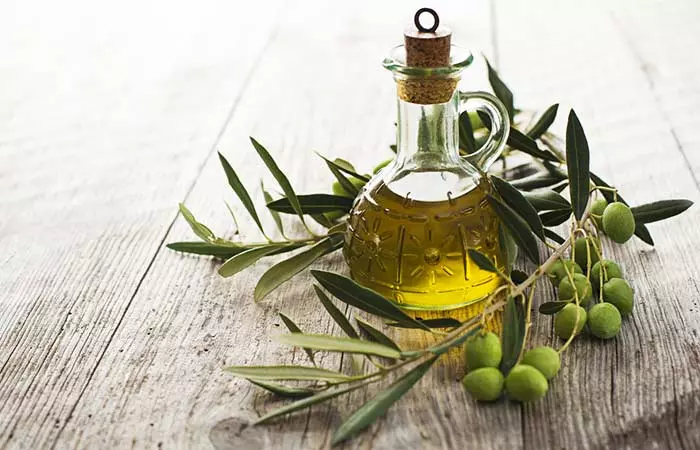
You will need to
- 1 tablespoon virgin olive oil
What you have to do
- Take some virgin olive oil in your palms.
- Massage gently in the affected area.
- Leave for 30 minutes and wash.
- You can also apply olive oil on the affected area at night before bedtime.
Why does it work?
Olive oil is a powerful antioxidant that accelerates the healing of the affected area with its protective and healing properties.
#3. Essential oils
a. Tea tree oil
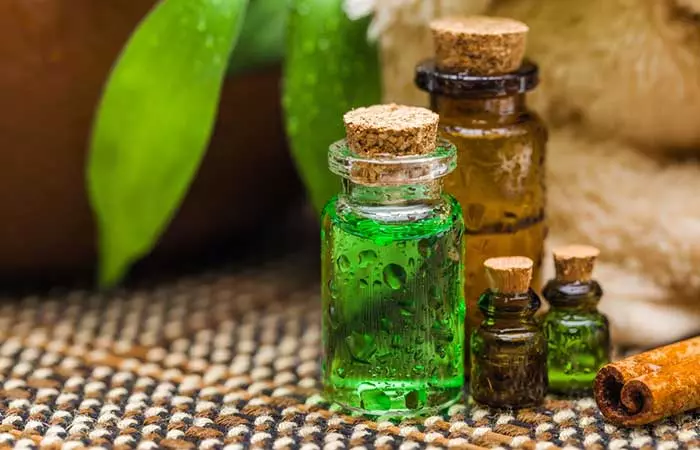
You will need to
- 6 drops of tea tree oil
- 1 teaspoon coconut oil
What you have to do
- Mix six drops of tea tree oil with a teaspoon of coconut oil.
- Apply this mixture on the affected area.
- Leave it until it dries itself.
- Reapply as necessary.
Why does it work?
The anti-inflammatory and antimicrobial properties of tea tree oil treat diaper dermatitis and prevent possible infections.
b. Calendula Oil
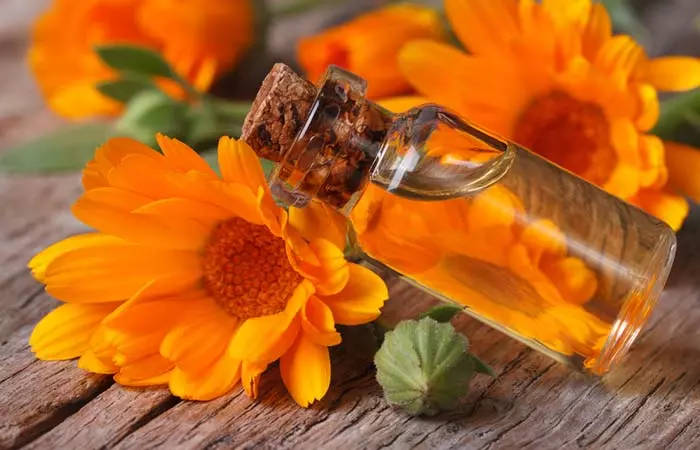
You will need to
- 7 drops of Calendula Oil
- 1 teaspoon coconut oil (or any other carrier oil)
What you have to do
- Add seven drops of marigold oil to a teaspoon of any carrier oil.
- Mix well and apply on the affected skin.
- Let stand for 30 minutes and rinse with water.
- It can also allow it to evaporate naturally.
- Repeat this several times in a day.
Why does it work?
Calendula oil has anti-inflammatory properties that can accelerate wound healing.
#4. Vaseline
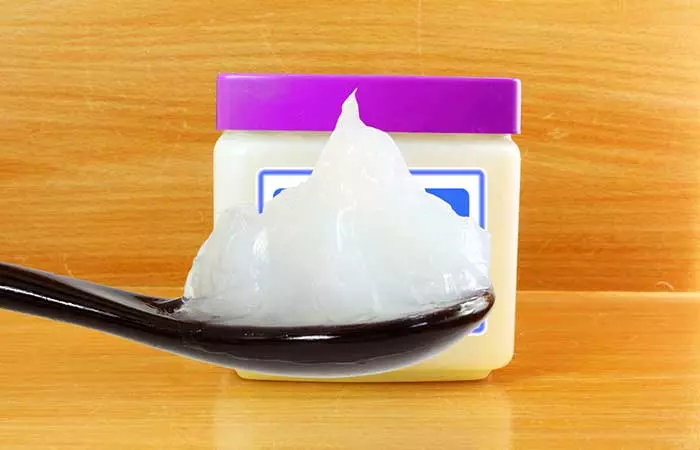
You will need to
- Vaseline or petroleum jelly (as needed)
What you have to do
- Take some petroleum jelly and apply it to the affected area.
- Reapply as necessary.
Why does it work?
Vaseline keeps your skin well hydrated. It also forms a protective layer on the skin and prevents further infections in the affected area.
#5. Coconut oil
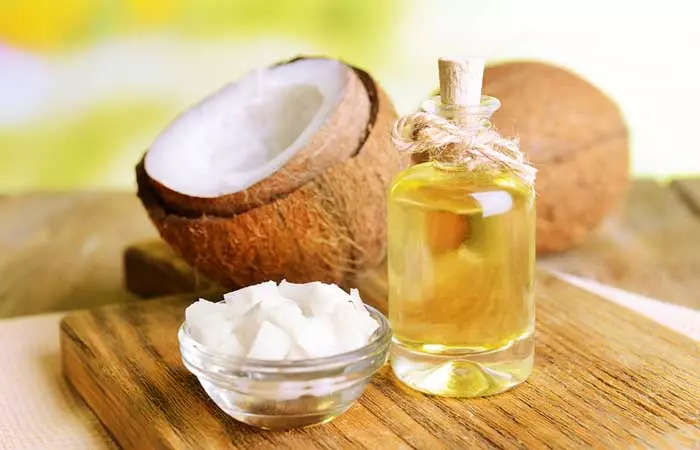
You will need to
- 1 tablespoon virgin coconut oil
What you have to do
- Take some coconut oil on the palms and spread it all over the affected skin.
- Let the oil dry itself.
- Reapply oil when necessary.
Why does it work?
The medium-chain fatty acids of coconut oil keep the skin lubricated and relieve inflammation and swelling.
#6. Epsom salt bath
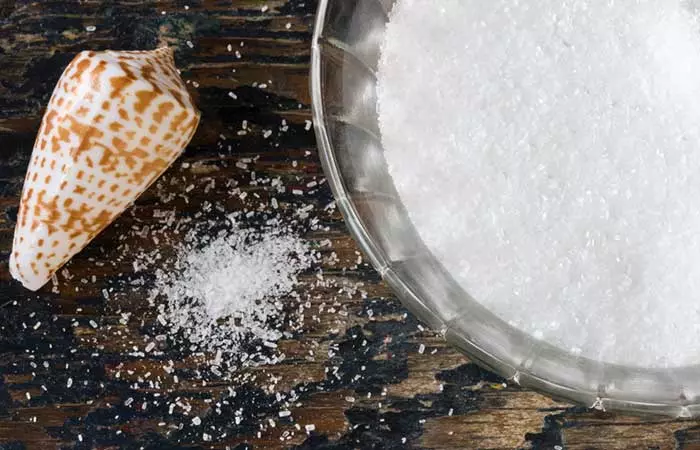
You will need to
- 1 cup of Epsom salt
- Water
What you have to do
- Add a cup of Epsom salt to a tub of water.
- Mix well and soak for 20 to 30 minutes.
- Dry your skin with pats.
- You can also take an Epsom salt bath before going to bed.
Why does it work?
Epsom salt is rich in magnesium, which reduces inflammation and treats the symptoms of friction.
#7. Oatmeal bath
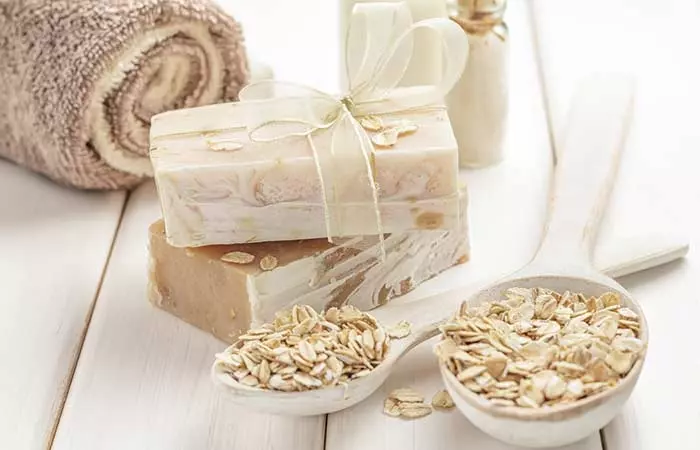
You will need to
- 1-2 cups of oatmeal
- Water
What you have to do
- Add one or two cups of oatmeal in a tub full of water.
- Soak for 20 to 30 minutes and dry the skin.
- You can also replace your vegetable sponge with oatmeal wrapped in a muslin cloth.
- Do this 2 to 3 times.
Why does it work?
The excellent anti-inflammatory and itchy action of working with oatmeal is a wonder in friction healing.
#8. Turmeric
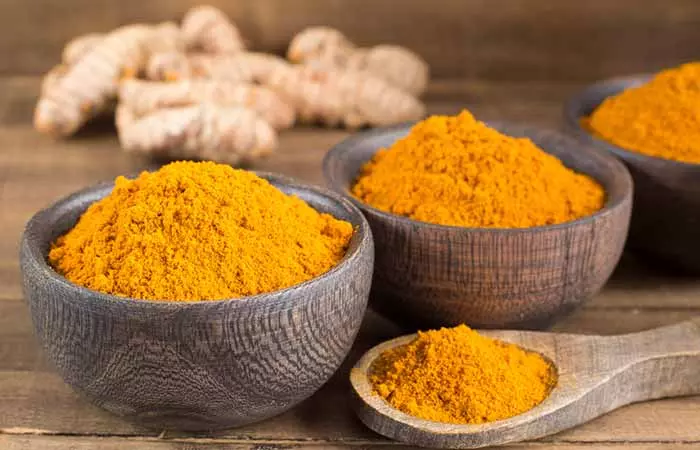
You will need to
- 2 teaspoons turmeric powder
- Water (as required)
What you have to do
- Mix two teaspoons of turmeric powder with enough water to form a thick paste.
- Apply this paste throughout the irritated area.
- Let it dry for about 30 minutes before rinsing.
- Repeat this several times during the day.
Why does it work?
Curcumin in turmeric can help treat irritated skin with its anti-inflammatory properties.
#9. Indian Lilac (Neem)
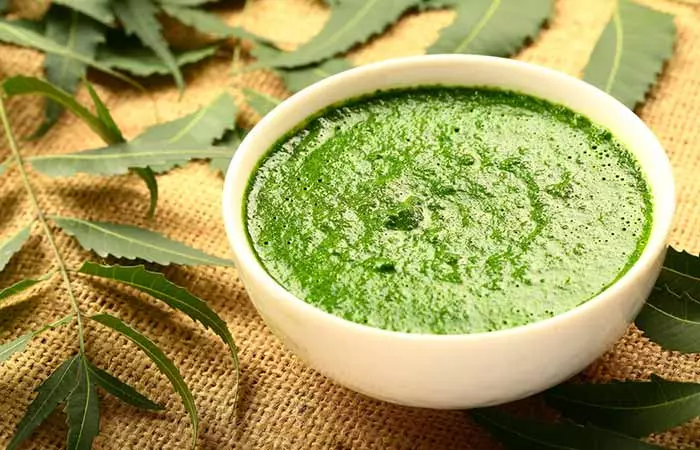
You will need to
- A handful of neem leaves.
- Water (as required)
What you have to do
- Take a handful of neem leaves and wash them well.
- Grind them with water.
- Apply the neem mixture on the affected skin.
- Leave for 30 minutes and wash.
- Repeat when necessary or until you notice an improvement.
Why does it work?
Neem methanolic compounds help fight inflammation, itching, and swelling associated with friction (14).
#10. Cold compress
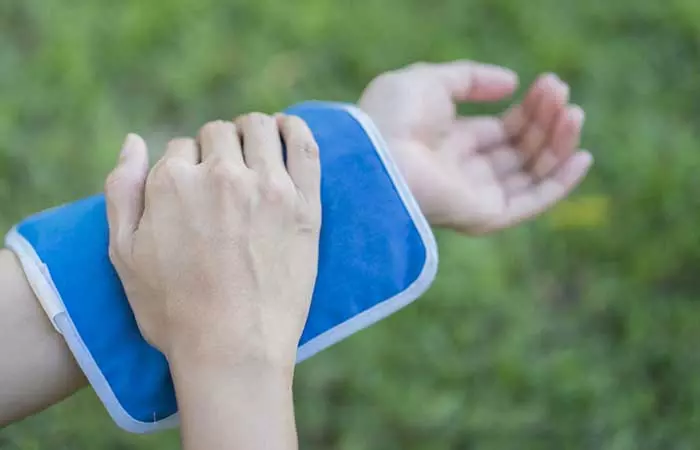
You will need to
- A cold compress
What you have to do
- Take a cold compress or some ice wrapped in a clean cloth and apply directly to irritated skin.
- Hold the compress on your skin for approximately 2 to 3 minutes and remove it.
- Repeat three times.
- You can apply the ice pack at regular intervals for faster recovery.
Why does it work?
The anti-inflammatory action of cold packs offers relief from itching and inflammation in the affected area (15).
#11. Cornstarch
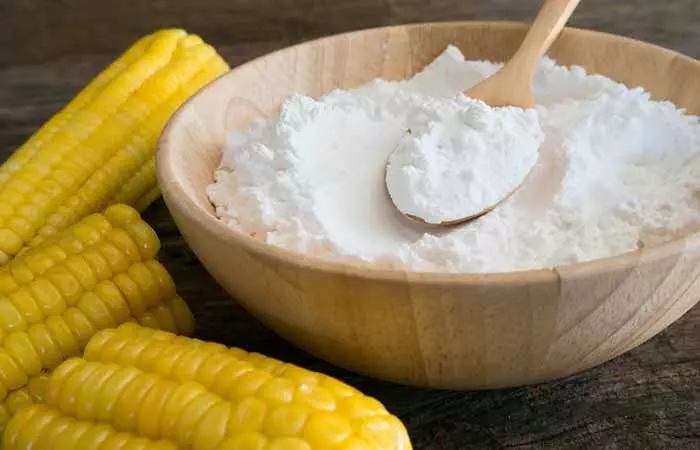
You will need to
- Cornstarch (as required)
What you have to do
- Sprinkle some cornstarch on the wet and affected areas of your skin.
- You can also apply a layer of petroleum jelly on this.
- Repeat as necessary.
Why does it work?
Cornstarch helps keep skin dry and sweat-free. This remedy is especially effective when friction is the result of sweat or moisture.
#12. Baking Soda
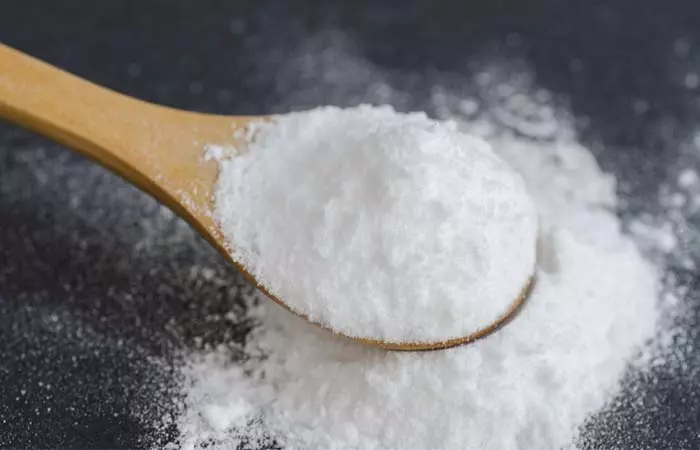
You will need to
- 2 teaspoons baking soda
- Water (as required)
What you have to do
- Mix baking soda with water to form a thick paste.
- Apply it to the friction rash.
- Let stand for about 20 to 30 minutes and rinse.
- Do this several times.
Why does it work?
Two properties of sodium bicarbonate play a role in the treatment of a rash. First, the alkaline nature of sodium bicarbonate restores the pH of the skin and accelerates healing. Second, sodium bicarbonate is a natural antiseptic that can prevent future infections.
#13. Apple Cider Vinegar
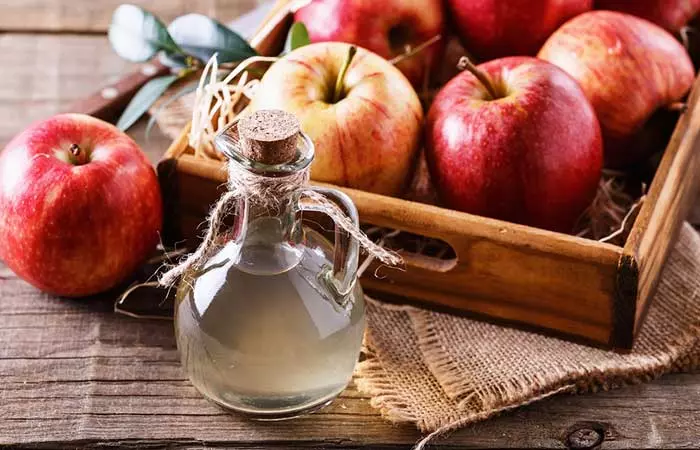
You will need to
- 1 tablespoon apple cider vinegar (ACV)
- 1 glass of water
- Cotton cushions
What you have to do
- Take a tablespoon of apple cider vinegar and add it to a glass of water.
- Mix well and soak a cotton ball in it.
- Apply the mixture on the affected skin.
- Let the apple cider vinegar dry itself.
- Repeat at regular intervals.
Why does it work?
ACV has anti-inflammatory and antimicrobial properties that can work wonders in the treatment of irritated skin and its symptoms. These properties can be attributed to the presence of acetic acid in ACV.
#14. Vitamins

People suffering from skin irritation should include a diet rich in vitamins A and C. These vitamins function as antioxidants that are extremely beneficial for overall health, including irritated skin. In addition, it is known that vitamin C increases your immunity and, therefore, can protect your skin from other infections.
You should consume foods such as spinach, kale, carrots, broccoli, tomatoes, cucumbers, and guava to get the required amounts of vitamins A and C naturally. You can also take additional supplements if necessary after consulting your doctor.
You can also follow the advice mentioned below to avoid the recurrence of this condition.
Prevention tips
- Follow a healthy diet rich in all essential nutrients.
- Use a deodorant to avoid sweating too much.
- Use a good moisturizer in areas prone to skin friction.
- Wear clothes that allow the skin to breathe, especially during exercise.
- Wear tight clothing to avoid skin friction.
- Do not stay in wet clothes for a long time.
Here are some quick and useful tips that can help you avoid irritation.
Friction is a condition that can be easily managed and, with the help of the remedies discussed here, will not bother you for long. Do you have more questions about friction? Why don’t you ask us in the comment box below?



